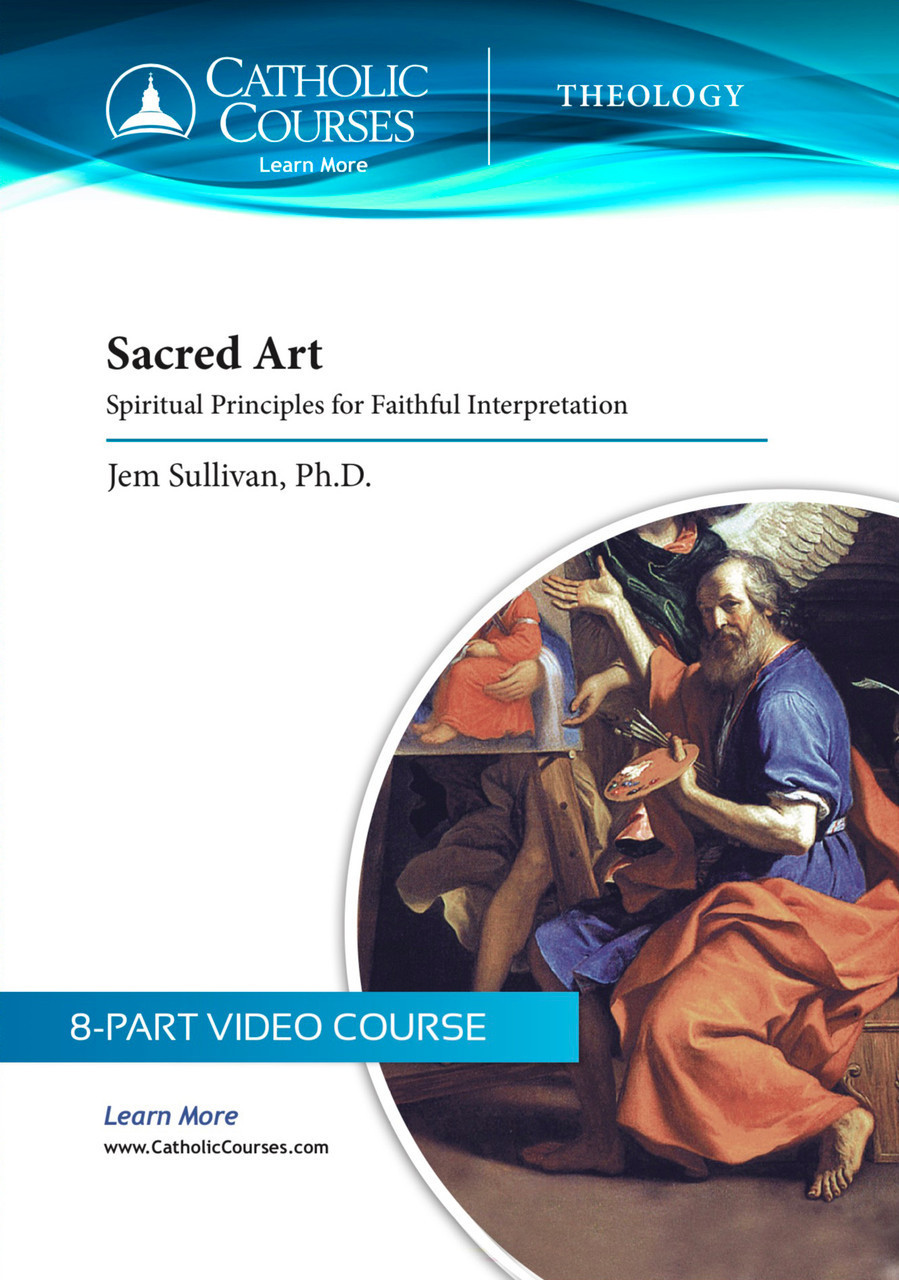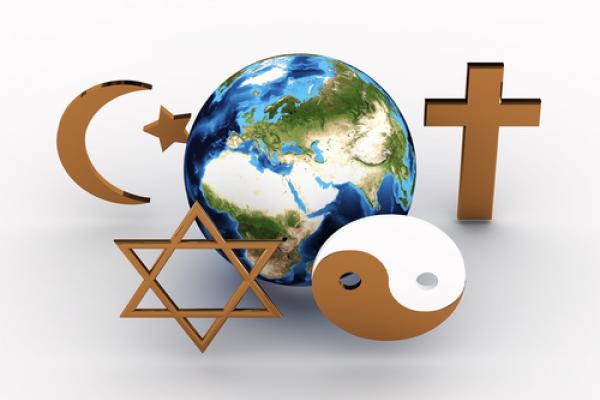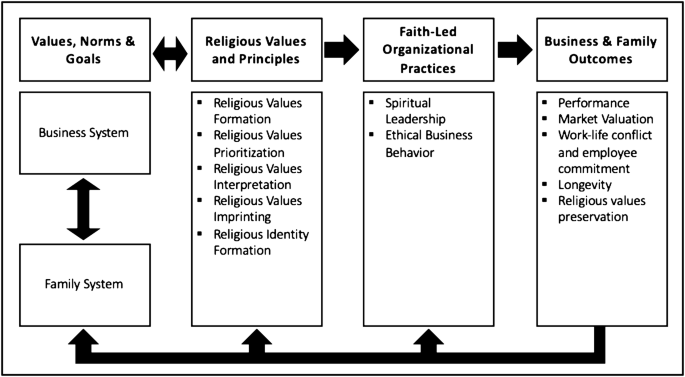Exploring the Spiritual Beauty of Religious Art and Music
Religious art and music have been an integral part of human culture throughout history. These works of art and music are created with the intention of expressing and deepening one’s spirituality and connection to the divine. They are not only aesthetically pleasing but hold profound spiritual meaning and significance.
Religious Art
Religious art serves as a way to communicate religious and spiritual themes and ideas through visual representation. It uses a variety of mediums such as painting, sculpture, and architecture. In religious art, symbols and motifs are used to convey messages and evoke certain feelings and emotions.
For example, the famous painting “The Last Supper” by Leonardo da Vinci depicts Jesus and his twelve apostles at the last supper before his crucifixion. The painting is not only visually striking but also holds deep religious symbolism. The bread and wine on the table represent the body and blood of Christ, respectively. The pose and gestures of Jesus and the apostles convey their emotions and help the viewer connect with the emotions of the scene.
Religious art can serve as a powerful tool for contemplation and meditation. Looking at a religious painting or statue can evoke a sense of peace and reflection, helping individuals deepen their spiritual connection.
Religious Music
Like art, religious music communicates spiritual themes and ideas through sound. It has been used throughout history as a way to inspire, uplift, and connect individuals with their faith. Religious music can be vocal, instrumental, or a combination of both.
One of the most famous religious music compositions is Johann Sebastian Bach’s “Mass in B Minor.” This composition is a musical representation of the Catholic Mass, with movements dedicated to different parts of the Mass. The intricate harmonies and melodies of the piece create an emotional and spiritual experience for the listener.
Religious music can also serve as a way to connect individuals with their community and their faith. Chanting, hymns, and other forms of religious vocal music are often performed in group settings, creating a sense of unity and shared spiritual experience.
Conclusion
Exploring the spiritual beauty of religious art and music can be a deeply fulfilling experience. These works of art and music hold profound spiritual significance and can serve as a way to deepen one’s spirituality and connection to the divine. Whether through contemplation or shared experience in a community setting, religious art and music offer powerful tools for spiritual growth and exploration.











